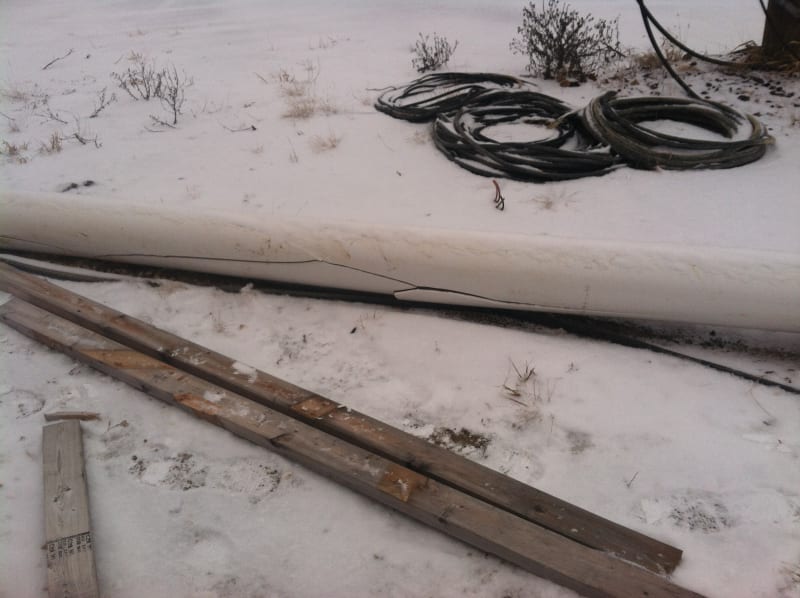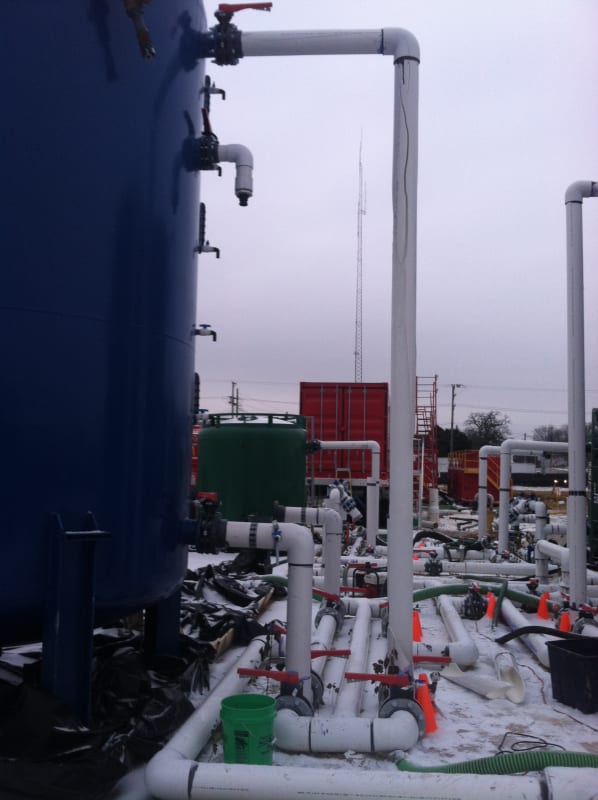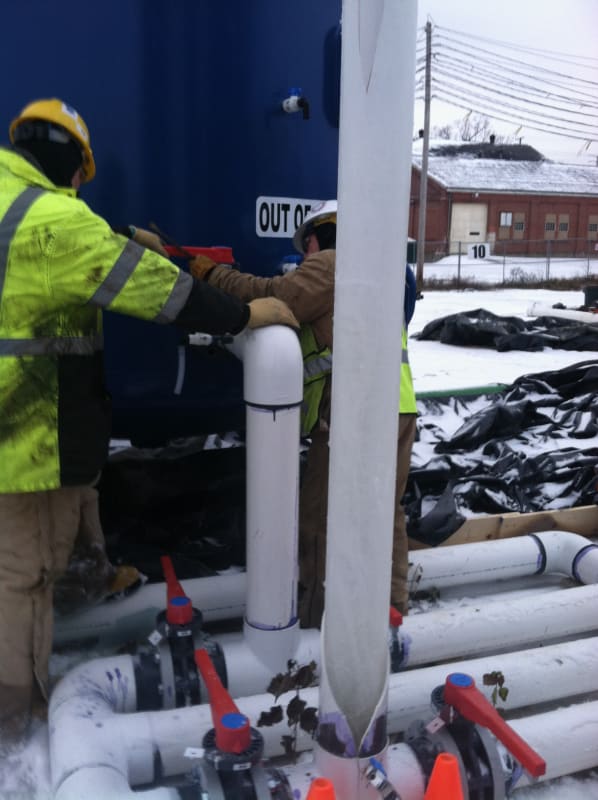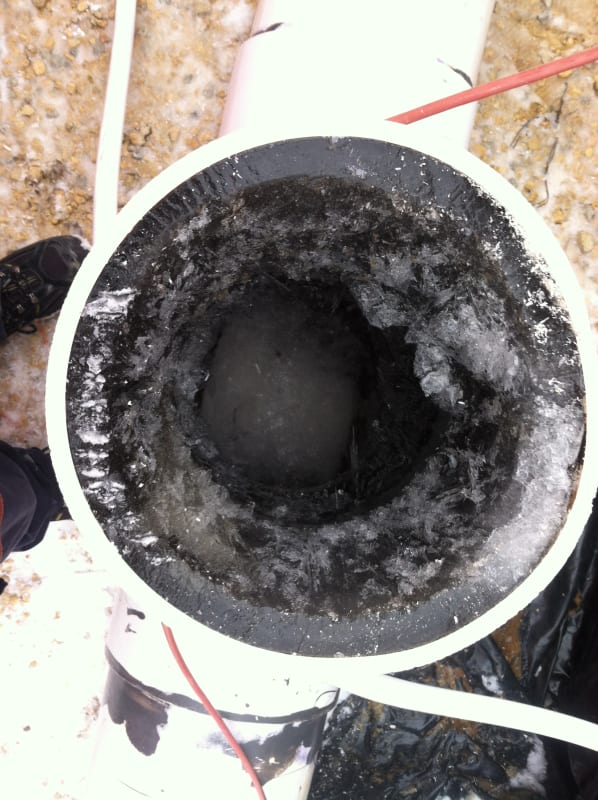Hi,
I am working on a problem where I am tasked to calculate how much the pressure in a pipe will increase by when a portion of the water is turned to ice
For this example I am using a pipe with an 3Inch OD and the pipe has a length of 1 meter. The iceplug is placed within the pipe in the center and has a length of 3 x OD. The initial condition inside the pipe is that it is filled up with water, the pressure is around 2 bar.
I could use some tips on what formulas that could be used to solve this problem, so that I can further evaluate different pipes with different sizes, and be sure that the length of the pipe is long enough to prevent a large pressure drop.
Any help is much appreciated.
Best regards,
Arve
I am working on a problem where I am tasked to calculate how much the pressure in a pipe will increase by when a portion of the water is turned to ice
For this example I am using a pipe with an 3Inch OD and the pipe has a length of 1 meter. The iceplug is placed within the pipe in the center and has a length of 3 x OD. The initial condition inside the pipe is that it is filled up with water, the pressure is around 2 bar.
I could use some tips on what formulas that could be used to solve this problem, so that I can further evaluate different pipes with different sizes, and be sure that the length of the pipe is long enough to prevent a large pressure drop.
Any help is much appreciated.
Best regards,
Arve




